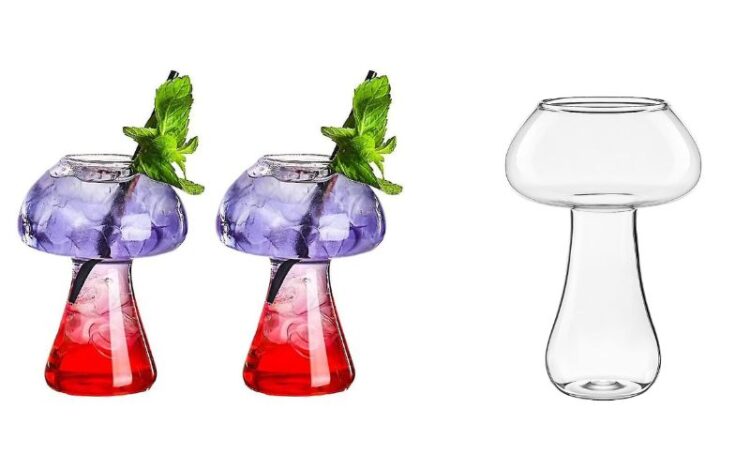The search for sustainable and environmentally friendly building materials has in recent years moved to the forefront of many fields, including architecture. Mushroom glass is an exciting new material that has attracted the interest of architects and engineers.
Due to its biodegradability and renewable nature, this important material provides a green alternative to traditional glass. This article will explain what mushroom glasses are, how it is made, what makes it special, and how it can be used in construction.
Understanding the Concept of Mushroom Glass
The mycelium (the vegetative part of the fungus) is mixed with agricultural waste such as sawdust or straw to make mushroom glass, also known as a mycelium-based biocomposite. The mycelium acts as a natural binder, resulting in a solid, long-lasting mixture that can be molded into sheets, blocks, or panels. Because it can be made to resemble frosted glass, this material is often used in place of regular glass.
The Manufacturing Process
Mushroom glass goes through a multi-step process during its production. The mycelium is first grown in the laboratory until it forms a dense network of fibers. The mycelium is then mixed with organic material such as straw or sawdust to promote its growth. When liquid is poured into molds and left for a while the mycelium grows and binds the materials together. Once the look and feel is decided, the material is dried and treated.
Unique Properties of Mushroom Glass
Mushroom glass is a popular material for construction because of its unusual properties:
- Mushroom glass is sustainable because it is produced using renewable materials and has a low environmental impact due to its ability to compost at the end of its useful life.
- The mycelium structure of mushroom glass provides great thermal insulation capabilities, meaning less energy is required to maintain a comfortable indoor climate. The intrinsic properties of the mycelium give mushroom glass a natural resistance to fire, making it a safe building material. Mushroom glass, despite its small weight, has remarkable strength and durability and can tolerate a wide range of structural loads.
- The porous structure of mushroom glass aids in its ability to absorb sound, making it a good choice for noise-sensitive projects.
Applications in Architecture:
Mushroom glass can bring about a significant change in the building construction sector due to its versatility.
- Mushroom glass panels are an eco-friendly replacement for standard panels of glass in building façades and cladding; They give off light naturally and reduce the use of electricity. Mushroom glass is an attractive material for use in interior design features including partitions, light fixtures and decorative panels due to its unusual texture and transparency.
- Mushroom glass can be used in roofing and skylight systems to let light in from above while providing adequate thermal insulation.
- The sound-absorbing capabilities of mushroom glass make it an excellent material for use in noise-absorbing systems on busy roads, railroad tracks, and freeways.
- Mushroom glass can be used for temporary constructions such as pavilions and display booths, providing a compostable and eco-friendly alternative.
Conclusion:
Mushroom glasses, with their innovative features and manufacturing technology, are emerging as a game-changing material as sustainability gains relevance in architecture. It has a wide variety of potential uses, from exterior and interior walls and ceilings to acoustical partitions.
Mushroom glass is an important step towards a more ecologically conscious and sustainable future in design due to its eco-friendliness and excellent characteristics. A more sustainable and eco-friendly built environment can be expected as researchers and designers continue to explore more into this cutting-edge material.

